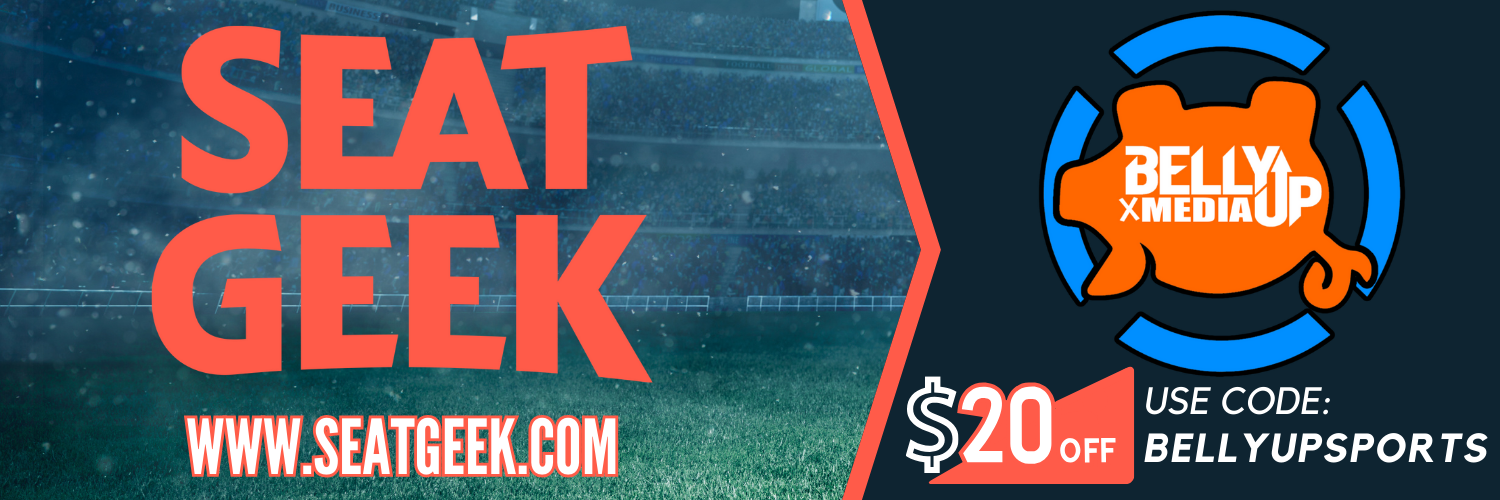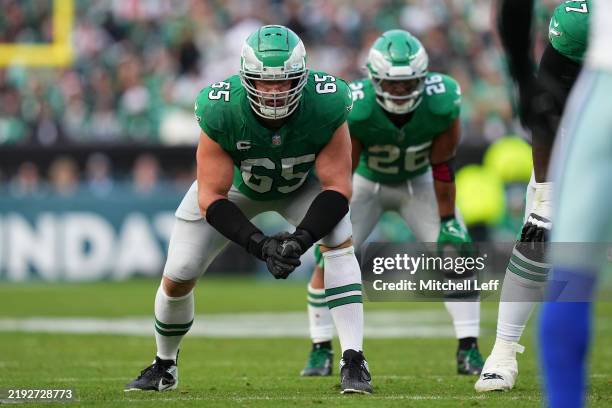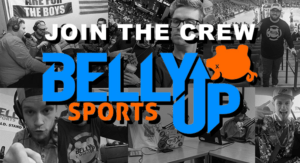
Owning a racing horse is a dream for many equestrian enthusiasts and sports investors. However, purchasing a racing horse requires thoughtful planning, research, and due diligence. Check out this step-by-step guide for a more informed buying decision.
Step 1: Understand Your Goals and Budget
Your goals will influence the type of horse you buy and the level of investment you’re willing to commit. Factor in training, veterinary care, transportation, and insurance costs. Budgeting goes beyond the initial purchase.
For example, training fees can range from $1,500 to $5,000 monthly, while veterinary care can cost thousands annually, especially for specialized treatments. Transportation costs vary based on race locations, and insurance typically amounts to 3% of the horse’s value.
Step 2: Research the Market
Thoroughbred racehorses are available through auctions, private sales, and partnerships. Each option has its pros and cons. For instance, auctions offer transparency but can be competitive, while private sales provide more negotiation room. When you buy race horses, consider the horse’s pedigree, racing history (if applicable), and potential, including the reputation of the seller or selling platform.
Step 3: Assemble Your Team of Experts
Build a trusted team of professionals to ensure you make informed decisions. Start with a bloodstock agent who specializes in sourcing racehorses. They’ll help you identify the right horse based on your budget and goals. You’ll also need a veterinarian to ensure the horse is healthy and fit for racing.
Step 4: Attend Auctions or Arrange Private Sales
Research the horses, their pedigrees, and any race records. On the day of the auction, stay within your budget and bid strategically. For private sales, arrange to visit the horse in person if possible. Observe its temperament, ask for details about its health, and take time to evaluate the facilities.
Step 5: Conduct a Pre-Purchase Examination
A pre-purchase examination ensures the horse is healthy, sound, and fit for racing while identifying potential issues that could impact its performance or lead to costly expenses.
The veterinarian will assess the horse’s movement for lameness or irregular gait, inspect the limbs for injuries or joint problems, and evaluate the respiratory system to confirm it can handle the demands of racing. A heart check is performed to rule out cardiovascular risks.
Diagnostic tools like X-rays or endoscopy may also be recommended for a detailed assessment. This process ensures an informed decision and a solid foundation for success.
Step 6: Finalize the Purchase
Finalize the horse racing purchase agreement by signing this legal document. It clearly outlines the price, transfer of ownership, and any other agreed-upon conditions. It’s wise to have a legal advisor review the contract to ensure there are no ambiguities or potential risks.
Step 7: Transition to Training
Transitioning your racehorse to a tailored training program is crucial for success. Work with an experienced trainer to develop a schedule suited to your horse’s needs. For instance, a younger horse may need gradual conditioning to build endurance, while an older horse might focus on refining specific skills.
Equally important is building trust and understanding with your thoroughbred racehorse. Spending time to learn its temperament and preferences fosters a positive relationship, boosting the horse’s confidence and overall well-being, which can enhance its performance on the track.

Exploring Ownership Options in Thoroughbred Horse Racing
Thoroughbred horse racing offers a variety of ownership opportunities, allowing you to tailor your investment to your goals and resources. While some aspiring owners aim for sole ownership to have complete control over their racehorse, others prefer shared investments through horse racing partnerships, reducing the costs and risks of owning a thoroughbred racehorse.
If you’re considering becoming a sole owner, the initial purchase of a horse might seem daunting, but it offers unmatched autonomy over decisions such as training, racing schedules, and choosing a trainer. This option is ideal for individuals who want a hands-on approach to the sport and are ready to take on the financial responsibilities that come with it.
On the other hand, horse racing partnerships allow you to share the thrill of owning a racehorse with others. Partnerships provide access to top-tier racing events, including iconic competitions like the Kentucky Derby, without bearing the full cost of ownership. This is a great way to gain entry into the world of horse racing while benefiting from the expertise and experience of seasoned industry professionals.
Regardless of your ownership model, thoroughbred horse racing offers an exhilarating blend of strategy, competition, and prestige. Whether your dream is to compete in events like the Kentucky Derby or enjoy the excitement of seeing your racehorse cross the finish line, there’s an ownership path that fits your vision.
Bottom Line
Buying a racing horse is a fulfilling experience but requires a structured approach. With proper preparation and care, you’ll be well on your way to enjoying the exhilarating world of horse racing. Start exploring the market today, and who knows—you might find your next champion.
Make sure to visit Belly Up Sports for more sports content and entertainment.
Featured Image: Getty Images
 LevelUp Casino Review (2024): Is This the Casino to Level Up Your Game?
LevelUp Casino Review (2024): Is This the Casino to Level Up Your Game?





